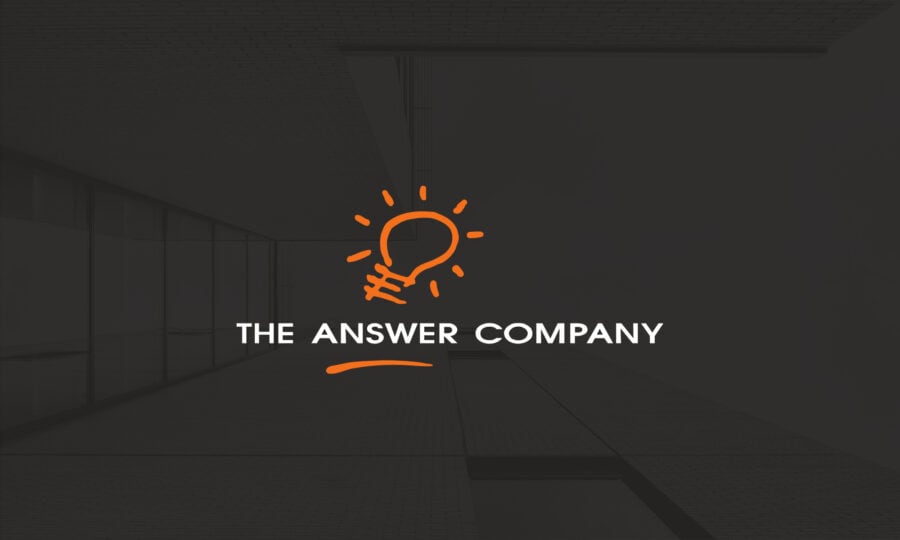Inventory Management Software: Diagnostic Tools to Determine What is Needed Today
Sage Inventory Advisor is designed to help companies with two key areas of inventory management: what is needed today, and what needs to be ordered for the future. The ‘what is needed today’ side of the equation is really called ‘what went wrong, and therefore needs attention today’.
The Dashboard: Inventory Management Software
The dashboard is designed to identify items that need attention, what is needed today. This intuitive window presents all the information pertaining to a particular process, whether that is ordering, shipping, or just detailed information regarding the warehousing of a particular product.
For example, when you access the “Create an Order” window, the dashboard presents you with all the pressing information needed to place an order, including both the sales history and forecast. These are shown on screen to give a very quick indication as to whether the forecast is still in order with the sales history. It could be the case that more than what had been forecast has been moved out of inventory, creating the need for additional orders.
It could also be the case that the company is behind on its sales and has more inventory on hand than it had planned to. Whatever the case, Sage Inventory Advisor pulls sales data and presents it through the angle of inventory management, completely eliminating guesswork (see last week’s blog for brief product overview). You can drill down even further into each item by simply hovering over it on the dashboard or clicking through for more details.
If the issue is that you are out of an item, the system allows you to check within the entire organization to identify if the item is present elsewhere. If that’s the case, then it allows orders to be placed to multiple locations, and in between locations of the same company.
To find out where an item is hosted, and any other information pertaining to the item, a user just clicks through the product window. You can drill down into the details that are specifics to that product and how it relates to your overall inventory strategy. The inventory item inquiry window gives a lot more information regarding that product by pulling bits and pieces from the system and presenting it on one screen. The information includes:
• forecast and actual sales history
• safety stock calculations
• forecast and supply risk,
• lead time,
• details of policy on re-order calculation
• recommended orders, and so on.
Additional information presented on the dashboard includes how long it takes to get items into the inventory once the order is placed and buffer stock (strategic number of stock to have in place to protect against the risk of supply and forecast inaccuracies).
Since Sage Inventory Advisor connects with the ERP system for the whole organization, it gives visibility into all business units of the company. In addition to giving the ability to balance inventory levels internally, it also ensures that users can see how the inventory levels are directly affecting sales and distribution. We’ll look more at how integration with ERP lets a company strategize its inventory management next week.

